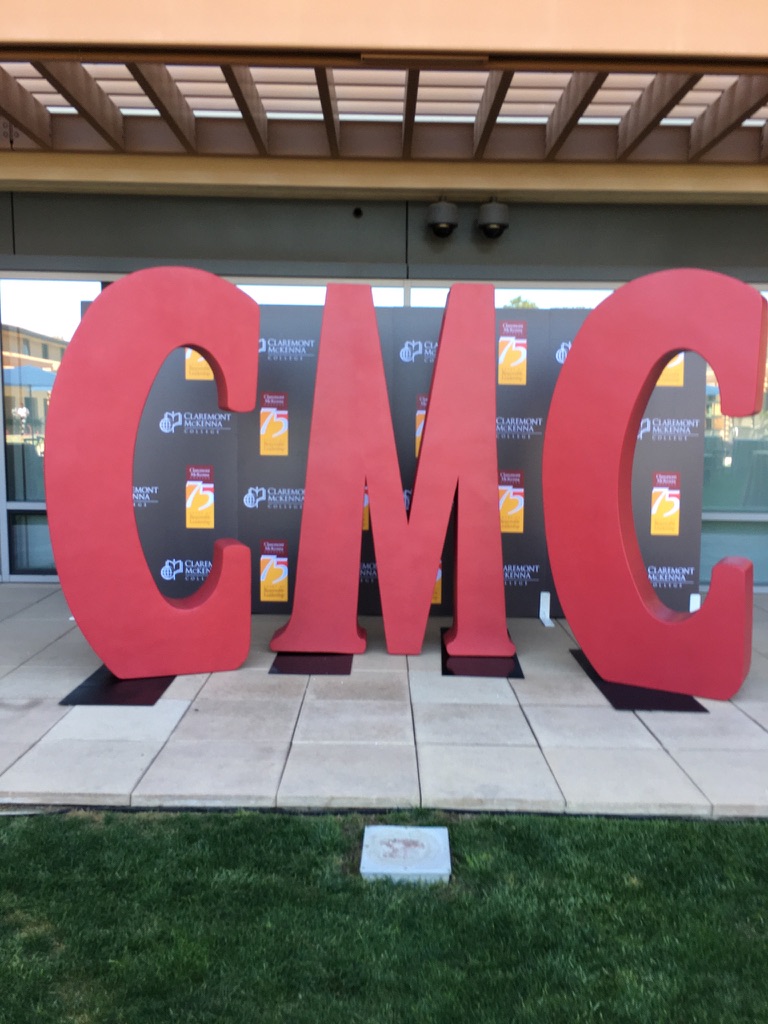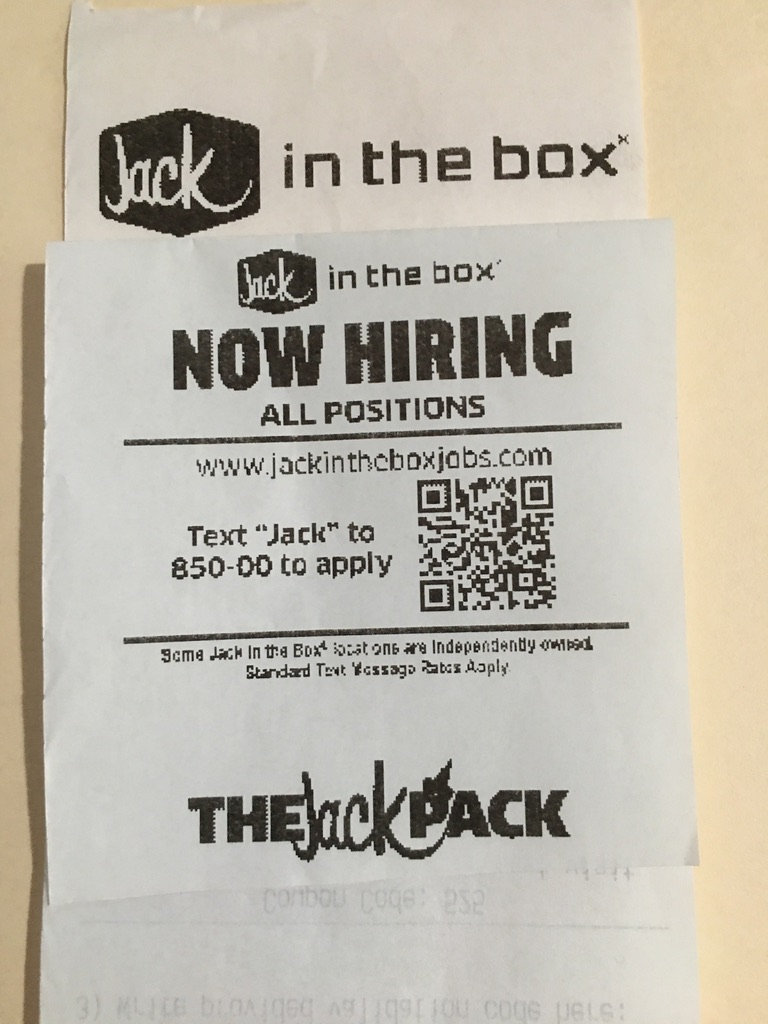This score is not the opening of an NBA playoff game. It is the number of credit union charters given up versus new charters issued in the first three months of 2022.
What does the score mean? Why is it so lopsided? More importantly, are any members winning in these charter closures?
365,700 Members Lose their Credit Union
The 41 credit unions’ CEO’s and boards are transferring their 365,700 members to another credit union’s control. These members did not choose this fate. In fact they showed continued loyalty: total members increased by 2% and share grew by almost 11% for the year ended 2021.
These members have $3.3 billion in loans and have placed over $4.7 billion in savings to benefit their fellow members. Collectively they have created over $540 million in common wealth, none of which will be distributed to them. Their average ownership is $1,500 each.
There is no information that any of the members were consulted before the boards and CEO’s made these decisions.
Check the Box Explanations
The Credit Union Times article categorized the 41 by the explanation NCUA provided when approving the mergers as follows:
“34 credit unions that received the NCUA’s nod to consolidate for expanded services, two credit unions got the OK to merge because of poor financial condition, two for inability to obtain officials, two for lack of sponsor support, and one for loss or decline of field of membership.”
The continued growth in shares, membership and most importantly, the 47% increase in loan originations in 2021 suggest this group was more than competitive based on the latest performance data. They ended the year with 9.9% net worth, delinquency of .55% and a collective ROA of 1.25%.
These 41 credit unions are sound performers which the members are loyally supporting.
The Largest Three
The three largest charter cancellations are the $2.5 billion Capital Communications FCU, the $612 million Global CU and $524 million People’s Trust FCU. What they have in common is they are turning over the keys to their operations to credit unions already operating in their communities.
This means these six-decades old institutions are combining with other local credit union competitors. The effect will be to reduce member choice, end opportunities for local leadership, close career options for employees, and extinguish the generations of earned loyalty and goodwill with members and local constituencies.
These credit union’s hundreds of millions of collective capital will be under the control of directors the members did not elect and who will have broader corporate goals then just serving the newly acquired members and their transferred wealth.
These combinations eliminate local options and the diversity of models and service approaches that make credit unions successful. Consolidation and concentration which reduces local competition may make life easier for managers. It does not enhance member choice.
The most important math in credit union mergers is the 1 + 1 = 1. There is no expansion of credit union coverage; the system did not grow market share; the members gained no immediate benefits. But they will pay all the costs of merger including the cancelations of vendor contracts, employee benefits, and of course the help of professions who facilitate the deal making.
A Game without Rules or Umpires
Mergers of sound, well run credit unions are not benefitting members. Rather they have become a sop for managers to game the system for self-benefit and boards who have lost any sense of fiduciary responsibility.
Writer-commentator Scott Galloway has characterized the motivations for mergers as:
Competition depends on rules, and rules depend on umpires. We should fight to protect competition — not winners. Because winners subvert the process. In the name of competition, they demand that their anticompetitive acts go unpunished. In the name of freedom, they insist on their right to shout down the dissenter’s voice.
His thesis is simple in capitalist economies: No field sees winners try to retract the ladder behind them more aggressively than business or I might add, the CEO’s of sound merging credit unions.
The primary advantage of the credit union model is the member relationship grounded in democratic ownership. Their unique advantage is their local knowledge and relationships that provide members a sense of agency over their lives and communities.
That goodwill, built up year by year over generations of members. is sacrificed in mergers.
NCUA requires new charters to survey potential members to demonstrate support, years of financial projections, vetting of proposed board members and employees with a process that takes hundreds of pages of documents and generally years to approve.
To give up a successful coop charter which took generations to succeed, is literally approved in weeks. The form is perfunctory, there is no effort to validate the reasons given nor the rhetorical promises made.
The credit union system is failing the members who created it by routinely approving consolidations that mimic the activities of institutions for which credit unions were supposed to be an alternative.
At a time when individuals and communities are confronted by forces, events, private and governmental institutions over which they have no say, the credit union is supposed to be an option they can count on. Mergers destroy this sense of influence over events in one’s life.
The score this quarter is 41 to 0. At the moment, the members are losing this game.
Tomorrow I will provide some thoughts of others on what might be done.





